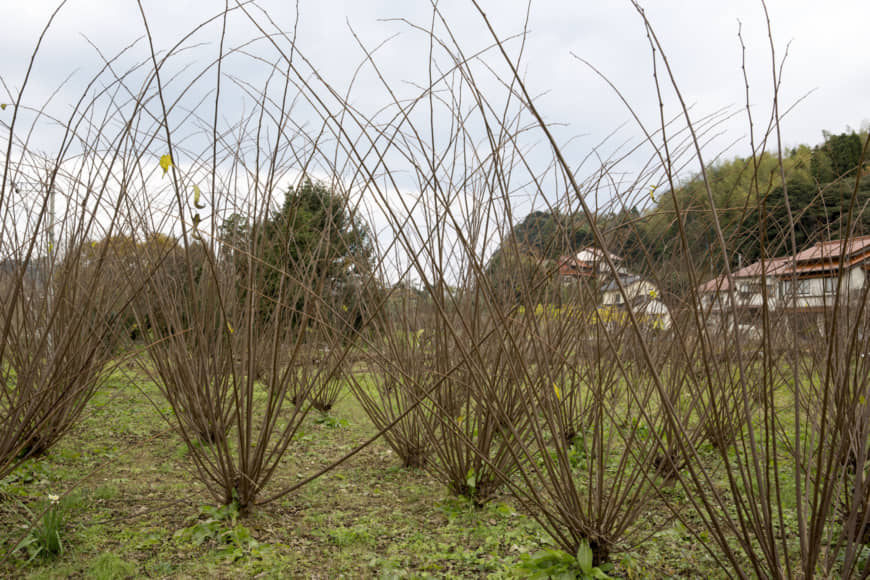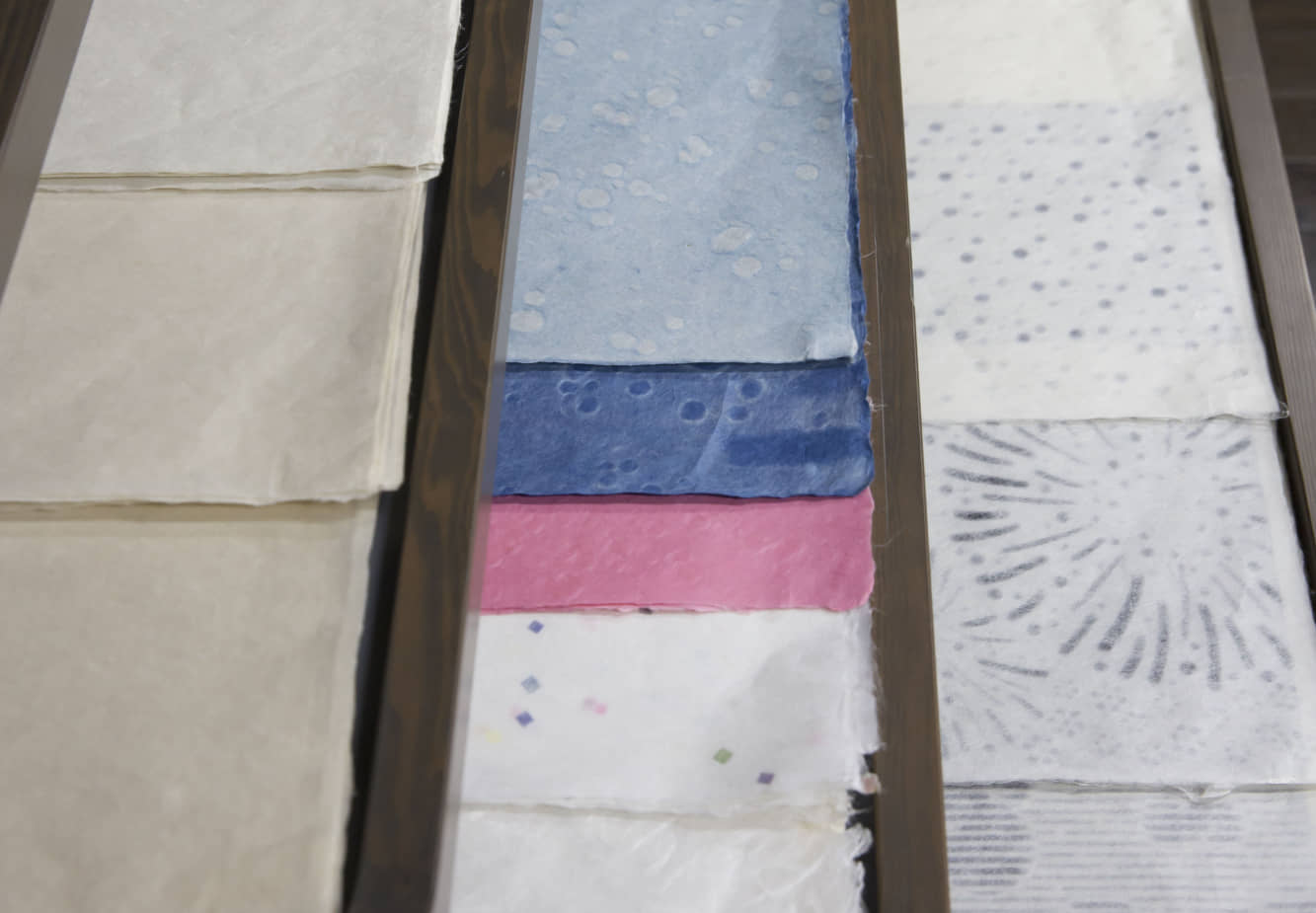The making of Sekishu-banshi has been handed down through generations in the Iwami region of western Shimane Prefecture, where paper was already in production at the beginning of the 10th century.
In the Edo Period (1603-1868), the paper increased in importance as Osaka merchants began using it for their account books. It was then that the name Sekishu-banshi came to be known throughout Japan. What characterizes this washi is its resistance to tearing, due to the long, thick fibers of the Sekishu kōzo (mulberry) grown in local fields for three years before harvesting. The bark fibers have a robust yet pliant quality. An oft-told anecdote says that in the Edo Period, if a fire broke out, merchants didn't hesitate to throw their account books made from Sekishu-banshi into a well to keep them from burning; the paper would not be damaged by water, attesting to its resilience.



















With your current subscription plan you can comment on stories. However, before writing your first comment, please create a display name in the Profile section of your subscriber account page.